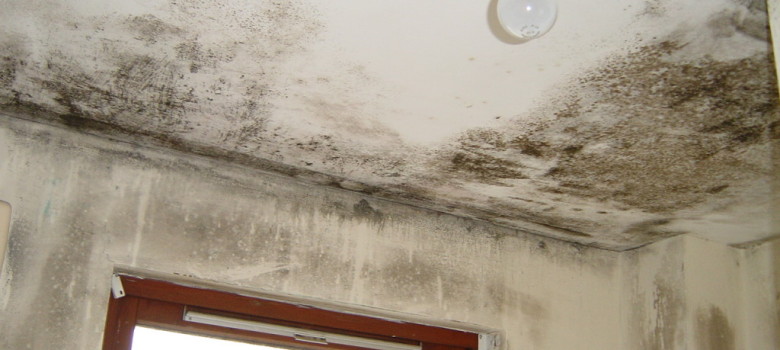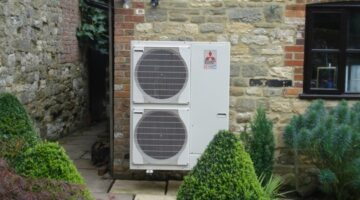
More ways to stop Condensation forming in your home!
- Drying clothes inside is an absolute killer – you hang the clothes over the clotheshorse when they are wet and this water evaporates into the room and this will then condense when it finds a cool surface to condense on. In an ideal world, always hang clothes outside – the wind will dry the clothes much quicker and also less ironing required – and in doing so you will completely stop condensation forming from this source.If you do have a dryer in your house, then during the winter months they are worth using, as this is when condensation tends to occur that little bit more. They obviously are pretty energy intensive, so a clothesline is definitely preferable but they do help minimise condensation in the home.The other thing you can do is change the settings on the washing machine so that it spins that little bit quicker, this means that when the clothes do come out of the washing machine they tend to be dryer – so less potential for condensation!
- For most people this won’t be relevant, but we know there a few people who block the air vents / air bricks in their homes to keep out the cold weather. These are there for a reason people! They help air flow in the building also facilitate the movement of water vapour out of the home, which minimises the potential for condensation. In older properties, even though they tend to have terrible ill-fitting windows, they still have a huge number of air vents to help the movement of air. Imagine then the impact by installing airtight double glazing in these properties, suddenly you will have massively reduced the flow of air (even though this route wasn’t necessarily intended!) so if airbricks are blocked too then you are only going to make this issue worse!
- When going to bed, it is always worth keeping the door slightly ajar (or even better a window) as deep breathing causes a large amount of water vapour. Keeping the door open encourages circulation of this water vapour hopefully reducing the risk of condensation
- Keep the heating on during the winter months; don’t allow the exterior walls to get too cold, as this is ripe for water vapour condensing. Obviously it is not advisable to whack your heating up to 25 degrees as you energy bills will soar, but using a thermostat to keep a fairly regular temperature will help keep the walls warmer. If you have an old boiler, it might be worth replacing it with an efficient model to limit your energy bills. Likewise, if you have not yet insulated your home (Loft insulation / cavity wall insulation / solid wall insulation) then now is the time – all of these will help keep the home warmer, so less cold surfaces for water vapour to hit and condense. By the same token, double glazing / secondary glazing are all going to help reduce cold surfaces for condensation (but you need to keep your ventilation in place! Window vents and airbricks are there for a reason!)
- Wardrobes and other big bits of furniture shouldn’t be placed directly against walls – these just sit there creating dead air which can lead to surface condensation forming directly behind the furniture causing the walls to blacken as mould begins to form. If you have cupboards in the home, leave them slightly ajar so the air within them can circulate.
- Interstitial condensation is bad news; this is when water condenses within building elements like walls. Condensation occurring here can cause deterioration of the building components potentially shortening their lifespan – load bearing timbers rotting, corrosion of ferrous metals and so forth.Fortunately if the works are carried out properly then there shouldn’t be any issues – so for those budding DIYers there are two pretty simple steps to follow. In the UK we tend to have more water vapour inside the building than on the outside. Now without trying to go into science too much, substances tend to move along their concentration gradients – from where there is too much of something to where there is less of it, so in the home and in the case of water vapour this means that the water is going to try to move from the inside of the house to the exterior. So the first step is to add the main insulation layer as near to the cold side as possible. This ensures the temperature throughout the structure (i.e. a wall) is as high as possible, which will minimise the risk of interstitial condensation forming. The second step is to the use of vapour layers – these should be installed as close to the warm side as possible. This will reduce the amount of moisture entering the wall structure itself, so again reducing the risk of condensation forming.
Follow these two tips if you are taking on any home insulation jobs – they should both really help to minimise interstitial condensation forming in the home!
So there you have it – 10 really easy ways to stop condensation forming in the home and the associated nasty side effects. Simply covering the problem up is not the answer – You need to establish the root cause of why the condensation is forming and then take necessary actions off the back of that!
Pages: 1 2












No Comments yet! Be the first one.